Flass Vale (Durham) Sewerage Scheme (2019)
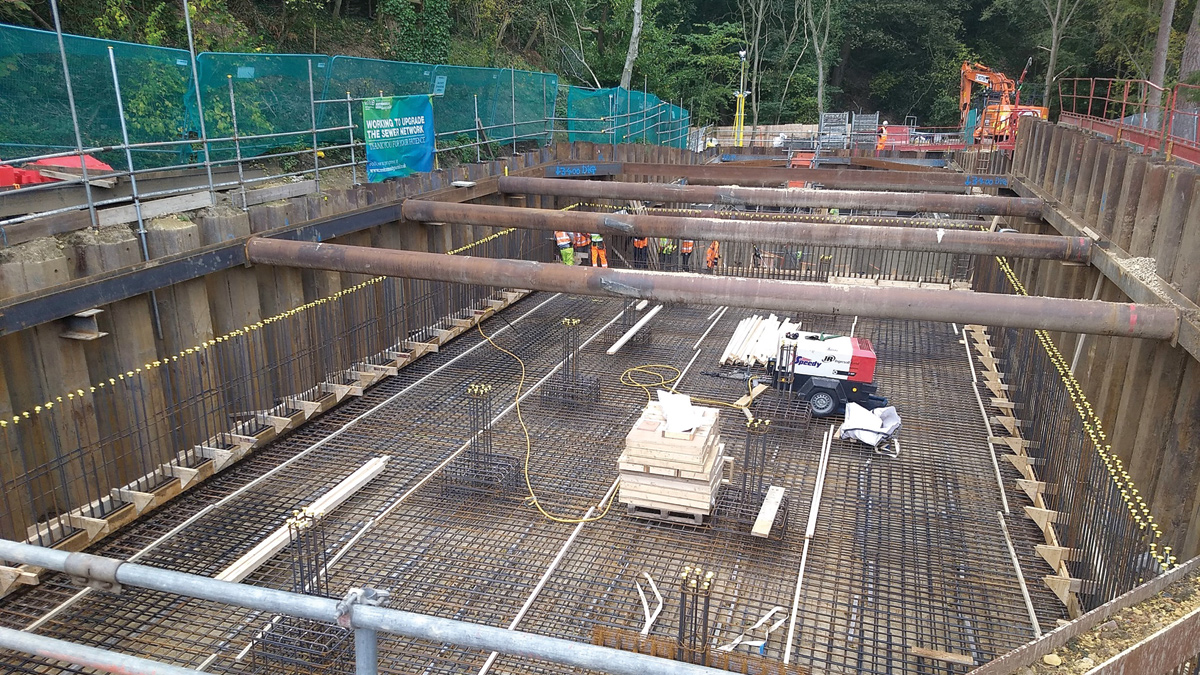
Mott MacDonald Bentley - MMB
Flass Vale is an area of woodland to the northwest of Durham City Centre that extends north-west to Durham Johnston School and the A167. Flass Burn flows generally north-west to south-east through the Vale. The Burn is an open ditch in the northwest and is culverted in the southeast including through a former bus depot development site. Northumbrian Water (NW) and The Environment Agency (EA) have received numerous complaints from local residents in relation to flooding and sewage discharges during periods of heavy rainfall from manholes in the Vale, resulting in pollution in Flass Burn. The Flass Vale Area is classified as a local nature reserve and local wildlife site which supports a number of protected species, including badgers and birds and also has a blanket tree preservation order for the trees in the Vale.
Investigate and define contract
In 2016, NW commissioned MMB to undertake an Investigate and Define study. MMB re-examined the notional solution to try and avoid working within the ancient woodland and to reduce the environmental impact. Following close collaboration with the local action group, The Friends of Flass Vale, and the local council, an alternative storage location near to the entrance to the Vale was identified.
For the solution to work, the flows would need to be detained at the peak of the storm and a storage volume of approximately 680m3 would be required, with a separate below-ground storage tank for each of the two inlet sewer catchment areas. The plan area for this storage equated to 75% of the entire site footprint. Due to the difference in levels, storage would need to be provided in sequence with flows from one catchment restricted within the first tank prior to be being discharged to the second, lower tank. A section of diverted inlet pipework installed by auger boring trenchless techniques would be required from one of the inlet pipes to the storage tanks.
Design and construction stage
NW entered into an NEC Option C contract with MMB for the detailed design and construction stage. Turner & Townsend was employed to act as cost consultants and Wood Group provided site supervision together with health, safety and environmental audits.
Close liaison, consultation and cooperation was achieved with the local authority tree officer and representatives of the Friends of Flass Vale group to agree an area of vegetation/clearance to the footprint of the detention tanks.
The three main storage alternatives included:
- Lightweight polyethylene pipe storage: This was discounted due to the lack of available footprint area and hydraulic head to create sufficient storage volume.
- Precast concrete tanks: This was excluded due to the lack of space for site cranage to reach the bottom end of the site without significantly more tree felling.
- In situ concrete tanks: This was the preferred option that was progressed.
Due to the close proximity of both the adjacent residential properties and the steep slopes of the ravine – geotechnical slope stability analyses were carried out at two critical sections. In order to construct the detention tanks, no excavation works were to be undertaken before the installation of a sheet piled cofferdam.
Silent piling techniques were selected to minimise any noise and vibration impacts on the adjacent properties and slopes. The permanent sheet piles were installed to a depth of 10.5m by Keltbray Sheet Piling using the Tosa Still Worker WP150 rig which is a hydraulically powered, static-load sheet pile pressing equipment which provided a very quiet method entirely free from vibration and capable of 150T pressing capacity.
In order to commence the piling, the first three piles are installed pressing against a reaction stand with kentledge. Following this the plant operates from the top of the installed piles and ‘walks’ along as it installs and is able to turn corners. This resulted in only one small crane being required for pitching the piles.
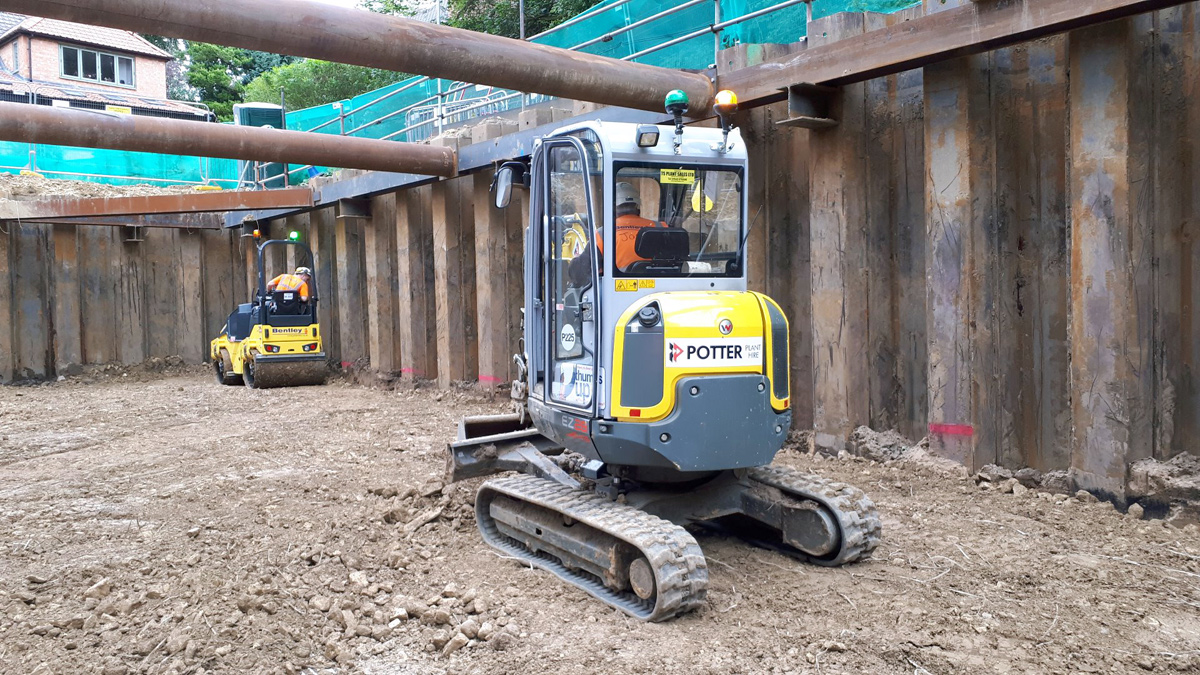
Tank construction within sheet pile cofferdam – Courtesy of MMB
The 212 sheet piles were driven into the ground in just 10 days and the single level steel framing was installed by Keltbray Sheet piling.
Substantial programme savings were made by designing the cofferdam as one unit to include both tanks, so they could be built concurrently. Temporary framing of the cofferdam consisted of UKC 305x305x137 frames with CHS 406×10 tubular bracing struts.
The design of the tanks reflected good practice with regards to longitudinal/cross sectional falls for the channels and steep benching to maximise self-cleansing for a combined sewage application. MMB utilised their global resource centre in Mumbai to complete the structural design, with RC detailing carried out by Express Reinforcements. Jasko Construction Ltd (JML) was selected to carry out formwork, steel fixing and concrete pouring works.
Due to the tight constraints of the site, the main site welfare facilities had to be sited remotely approximately 0.5km from the site. Despite this, JML completed the construction of the tanks within programme and prior to the Christmas shutdown. Their workmanship was highly praised in particular for the standard of the channel benching, completed prior to constructing the roof slab in order to reduce confined space work; the benching was described as being ‘as good as precast’.
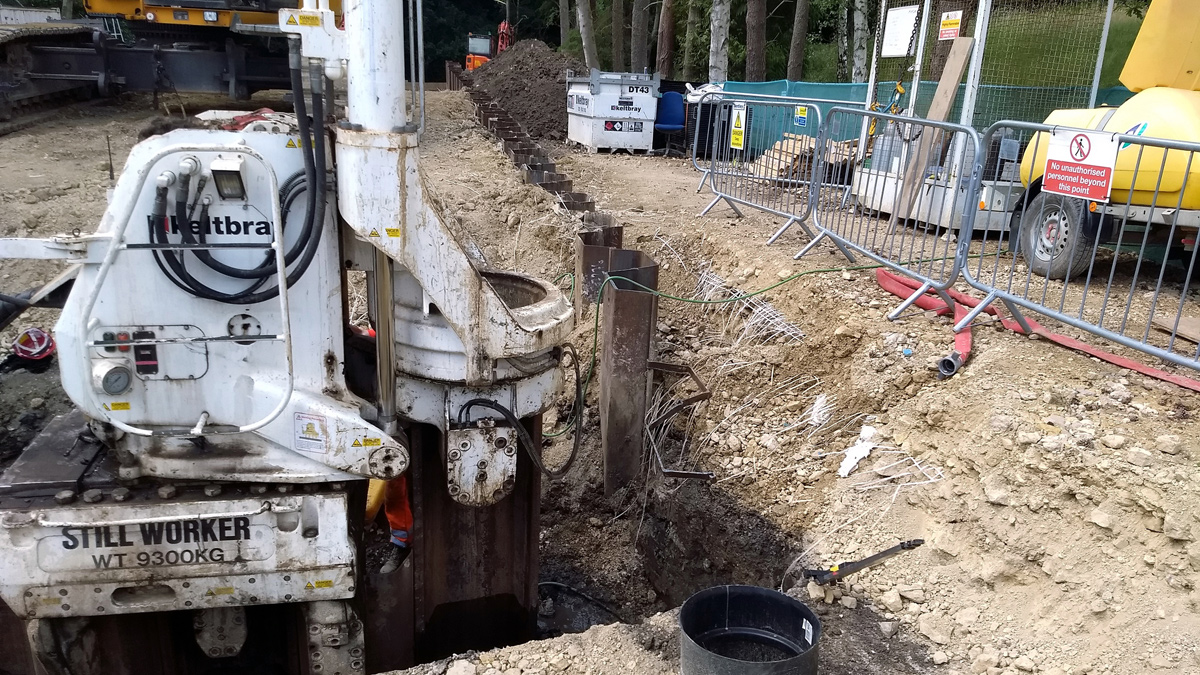
Silent piling by Keltbray Sheet Piling Ltd – Courtesy of MMB
In order to reduce vibration and noise levels when backfilling around the sides of the tanks, single sized granular fill was chosen which was lightly compacted in layers. Working with our Contaminated Land specialists whilst compiling the site materials management plan we were able to investigate and realise significant benefits by transferring spoil to other NW/MMB sites and reduce the need to transfer to landfill. As the site was very constrained for space no excavated spoil could be stored on site. Through close collaboration with NW and the Esh Group, we were able to make use of a nearby Esh storage facility for temporary storage of excavated arisings that were to be reused when backfilling over the tanks. This reduced haulage miles, minimised the quantities of disposal, and imported material being required.
Part of the works required a new sewer to be laid across a customer’s garden with lots of mature trees, at depths of approx. 5m deep. To reduce customer impact a trenchless technique was chosen. Guided auger boring was the method selected which was carried out by Pipeline Drillers. The final design of the pipework was for the steel pipe to be retained in place which was lined with a UV cured in place pipe (CIPP).
Customer engagement is key to NW’s operations and the local residents and The Friends of Flass Vale group were informed regularly of progress by a variety of methods. This included an NW online community portal which was regularly updated. Personal visits to affected residents by MMB’s customer liaison officer helped to capture any concerns or issues from residents early on. Open days were held with the local community before works commenced and when the works were in progress on site to answer any questions and to discuss the programme for the works.
MMB also made contact with and will be working with Durham Johnston School as part of this project, including the ICE Bridges to Schools campaign.
Health & safety
MMB encourage all staff and suppliers to report and record any environmental and health and safety near misses as part of their culture to help reduce the occurrence of lost time incidents. On this scheme there has been no reportable accidents and just one minor first aid incident, and no environmental incidents other than some very minor damage to the bark on one tree. There has been over 767 health and safety and 85 environmental proactive reports raised on the system.
There has been a number of site visits by both MMB and NW Directors. In particular Heidi Mottram (NW CEO) indicated that she was very pleased to see that MMB recognise the importance of a strong health and safety culture that is being led from the top. She noted that the whole approach to safety on site is highly visible with clear and bright safety messaging everywhere. In addition, the site safety induction process and explanation was excellent and clear to understand.
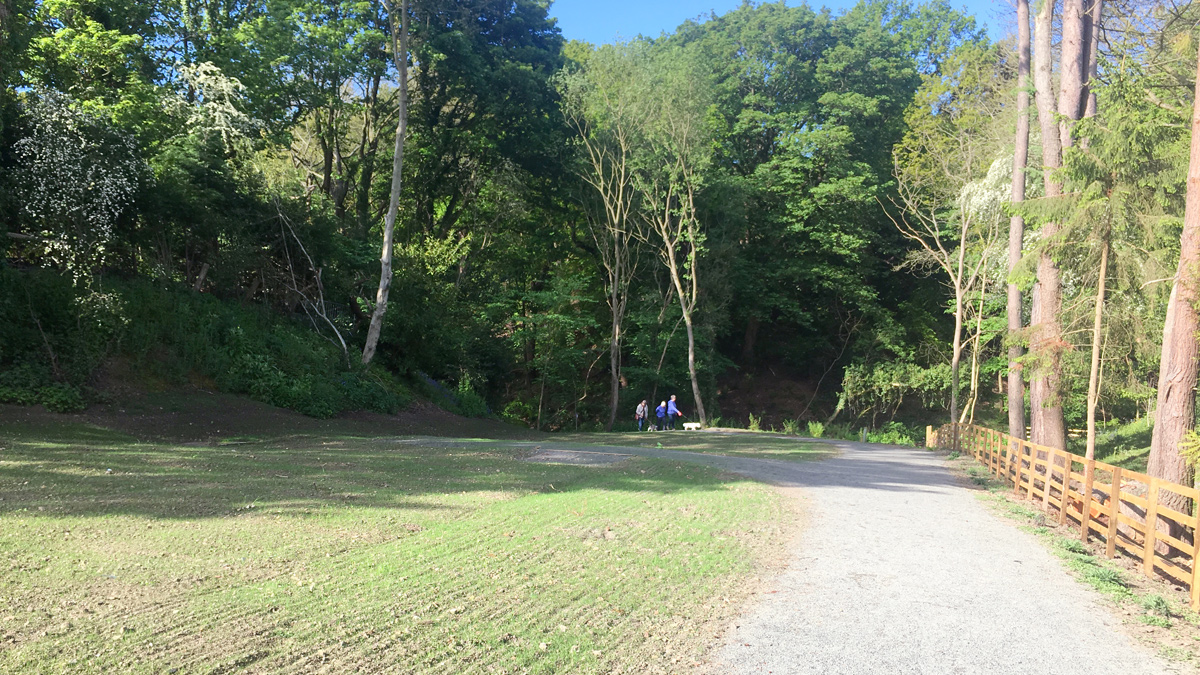
Completion of reinstatement and seeding – Courtesy of MMB
Cost monitoring and contract governance
The Flass Vale team embraced NW’s framework charter vision to come together to promote a collaborative mutually beneficial approach to realise the NW’s goals and ways of working to help achieve the following:
- Care and mutual respect.
- Sustainable business.
- To be the customer’s choice.
- To act as one team.
Progress meetings were held regularly, not just for the site works but prior to reaching site during the Investigate and Define stage to collaboratively identify efficiencies during the design stages. On this scheme over 40 efficiencies were raised equating to savings of over £500k.
MMB work with triangular delivery teams consisting of representatives from design/commercial/operations at all levels and meet regularly for project control meetings in order to discuss any issues and to enhance efficiency. The contract was carried out in-line with NEC timescales with early warnings and compensations events being logged by all of the team. Cash flow and monthly forecasting remained consistent throughout the project with very little variance.
A commercial dashboard was developed by MMB during the design and construction stage which acted as a useful profit and risk review/enhancement tool for the project.
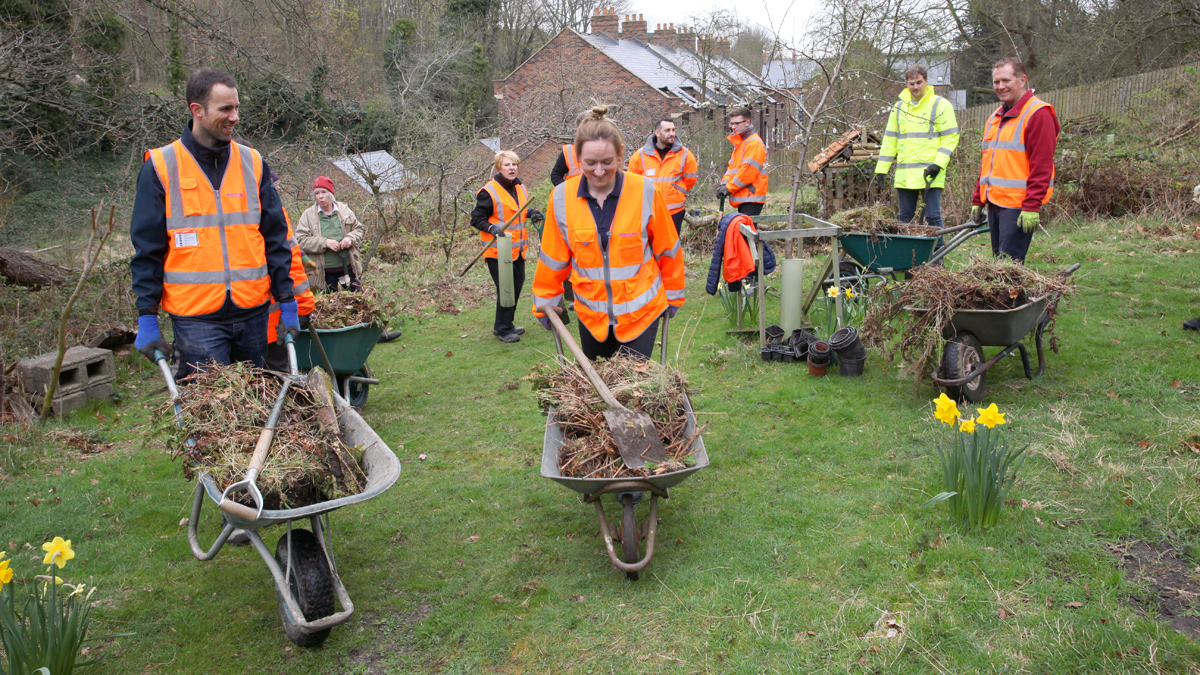
Helping the Friends of Flass Vale with Planting Work – courtesy of MMB
Conclusion
The works were completed well within the original target cost for the scheme and the site works were also substantially completed 14 days ahead of programme. The focus on third party engagement and customer care has proved vital for delivery of this scheme in such a sensitive location.
Close collaborative working with the wider project team including the NW Conservation & Land Management team, the Local Council and the local action group The Friends of Flass Vale from an early stage has also proved beneficial to ensure that the environmental impact of the scheme was minimised including the use of Silent Piling Techniques.
At the end of the scheme a ‘just an hour event’ was held with NW/MMB and members of The Friends of Flass Vale action group to help carry out some translocation/planting of ferns and other shrubs in the vicinity of the new works. A wildflower seed mix was selected for the site area as agreed with the end users which is beginning to germinate to help the area blend in with the surroundings.
MMB have also provided other assistance in improving footpaths and access steps along a number of footpaths and access routes within the Vale during the project. The signs are that this site will be enjoyed by many in the future without any knowledge of our presence.




